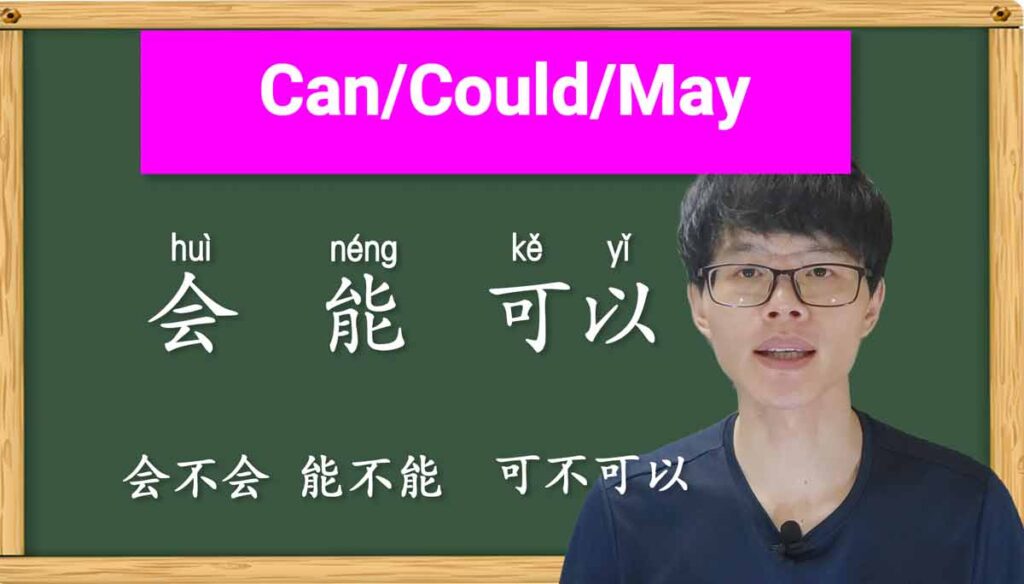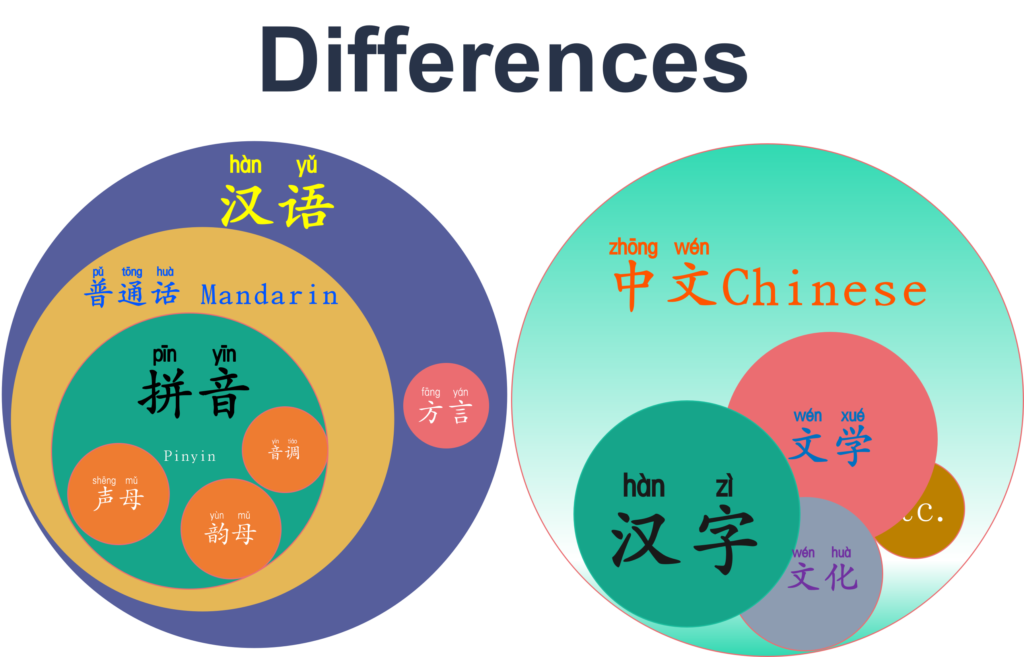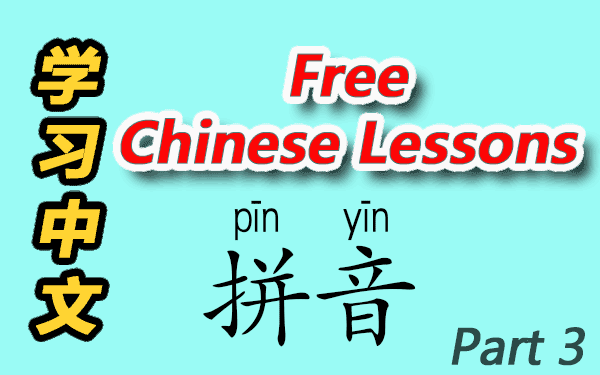In this free Chinese lesson, I will teach you how to speak fruits vocabulary in Chinese. You can subscribe to my YouTube Channel to learn Chinese language for free. And I will attach the PDF Chinese characters practice sheet at the end of the article. You can download it if you need it.

“果(guǒ)” means fruit in Chinese. “瓜(guā)” means melon. “水(shuǐ) means water. We put 水 and 果 together, “水果(shuǐ guǒ)” is what we called fruits.
你想吃什么水果? – What fruit would you like to eat?
你要买什么水果? – What fruit do you want to buy?
我想吃苹果。- I would like to eat apple.
我要买西瓜。- I want to buy watermelon.
NOTE: although “果” means fruit, but it has to be a specific fruit name. like, 苹果, 芒果, 火龙果. Adding “果” to phrase as a suffix. “水果” is the formal and standard way to say fruits. Keep that in mind!
Fruits vocabulary
- 苹果 (píng guǒ) – apple
- 芒果 (máng guǒ) – mango
- 百香果 (bǎi xiāng guǒ) – passion fruit
- 奇异果 (qí yì guǒ)/猕猴桃 (mí hóu táo) – kiwi fruit/Chinese gooseberry
- 火龙果 (huǒ lóng guǒ) – pitaya
- 圣女果 (shèng nǚ guǒ) – Cherry tomato
- 无花果 (wú huā guǒ) – fig
- 梨子 (lí zi) – pear
- 杏子 (xìng zi) – apricot
- 桃 (táo) – peach
- 水蜜桃 (shuǐ mì táo) – honey peach
- 杨桃 (yáng táo) – carambola
- 樱桃 (yīng táo) – cherry
- 油桃 (yóu táo) – nectarine
- 胡桃 (hú táo) – walnut
- 李子 (lǐ zi) – plum
- 柿子 (shì zi) – persimmon
- 橘子 (jú zi) – tangerine
- 金桔 (jīn jú) – kumquat
- 橙子 (chéng zi) – orange
- 椰子 (yē zi) – coconut
- 柚子 (yòu zi) – shaddock
- 香蕉 (xiāng jiāo) – banana
- 葡萄 (pú táo) – grape
- 提子 (tí zi) – grape ( one kind smaller grapes)
- 菠萝 (bō luó) – pineapple
- 菠萝蜜 (bō luó mì) – jackfruit
- 榴莲 (liú lián) – durian
- 西瓜 (xī guā) – watermelon
- 哈密瓜 (hā mì guā) – cantaloupe
- 木瓜 (mù guā) – papaya
- 甜瓜 (tián guā)/香瓜 (xiāng guā) – muskmelon
- 杨梅 (yáng méi) – waxberry
- 石榴 (shí liú) – pomegranate
- 红枣 (hóng zǎo) – Chinese date
- 草莓 (cǎo méi) – strawberry
- 蓝莓 (lán méi) – blueberry
- 枇杷 (pí pá) – loquat
- 橙 (chéng) / 橙子 (chéng zi) – orange
- 柠檬 (níng méng) – lemon
- 桑椹 (sāng shèn) – mulberry
- 黑莓 (hēi méi) – blackberry
- 甘蔗 (gān zhè) – sugar cane
- 莲雾 (lián wù) – wax apple
- 荔枝 (lì zhī) – litchi
- 山竹 (shān zhú) – mangosteen
- 青梅 (qīng méi) – greengage
- 龙眼 (lóng yǎn)/桂圆 (guì yuán) – longan
- 花生 (huā shēng) – peanut
- 柑子 (gān zi) – tangerine
- 榛子 (zhēn zi) – hazelnut
you should know about fruits vocabulary
- In Chinese language, we will use colors to say the same fruit with different colors. That said, we will use color to distinguish the same kind fruit.
e.g. We all know that apple has many different colors. red apple (红苹果), green apple (青苹果). If you want to say more specifically, you can add color words to say them. Actually, it’s the way we to say that kind fruit.
蓝莓 (lán méi) – blueberry
黑莓 (hēi méi) – blackberry
红葡萄 (hóng pú táo) – red grape
黑葡萄 (hēi pú táo) – black grape
红枣 (hóng zǎo) – Chinese date (red color)
青枣 (qīng zǎo) – Chinese date (green color)
etc.
- It is quit often to see “子” as a suffix in Chinese vocabulary. You should know that if “子” used as a suffix. Sometimes, with or without it all make sense. But in some cases, you should always add “子” rather than delete it.
e.g.
With or without 子, both works
桃(子) – peach
梨(子) – pear
枣(子) – Chinese date/Jujube
Must with 子
李子 (lǐ zi) – plum
柿子 (shì zi) – persimmon
橘子 (jú zi) – tangerine
橙子 (chéng zi) – orange
椰子 (yē zi) – coconut
柚子 (yòu zi) – shaddock
提子 (tí zi) – grape ( one kind smaller grapes)















